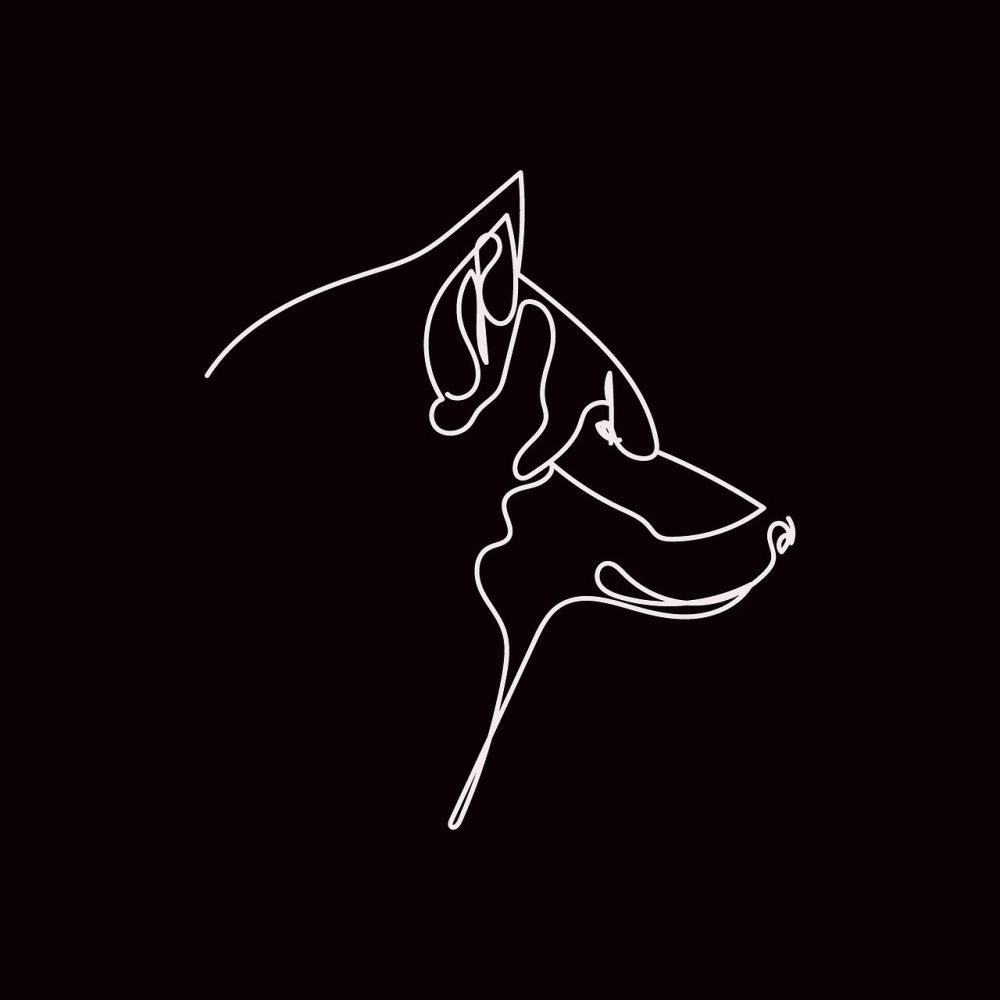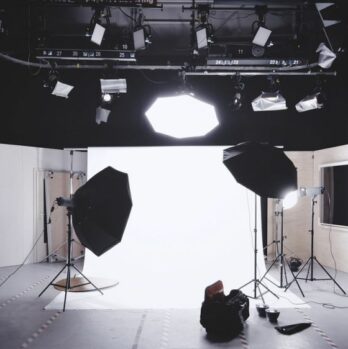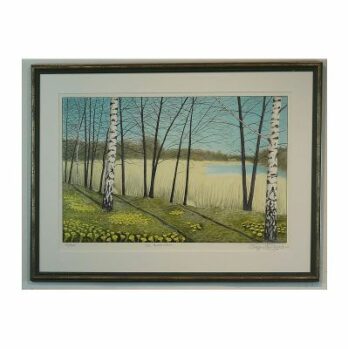Finsk formgivare: En övergripande översikt

Finsk Formgivare: Utforskning av en kreativ nation
Introduction:

Finland, with its rich cultural heritage and unique design aesthetic, has made a significant impact on the field of design. Finnish designers are known for their innovation, functionality, and simplicity. In this article, we will delve into the world of Finnish formgivare, exploring the different types of designers, their popularity, quantitative measurements, differences between them, and a historical overview of their advantages and disadvantages.
What is Finnish Formgivare?
Finnish formgivare encapsulates various types of designers, each bringing their distinct style to the design scene. Whether it’s industrial design, fashion design, interior design, or graphic design, Finnish formgivare excel in creating aesthetically pleasing yet functional products, spaces, and visuals. The Finnish design philosophy emphasizes minimalism and a deep connection with nature, which influences their work significantly.
Types of Finnish Formgivare and Their Popularity
Finnish formgivare can be categorized into different types based on their areas of expertise:
1. Industrial Designers:
These designers focus on creating functional and visually appealing products for everyday use. Popular Finnish industrial designers include Alvar Aalto, known for his iconic furniture, and Eero Aarnio, famous for his innovative and playful designs.
2. Fashion Designers:
Finnish fashion designers combine traditional craftsmanship with contemporary aesthetics, resulting in unique and timeless collections. Prominent names in Finnish fashion design include Paola Suhonen and Samu-Jussi Koski, who have gained recognition both nationally and internationally.
3. Interior Designers:
Finns have a natural inclination towards creating spaces that promote harmony and simplicity. Interior designers like Ilmari Tapiovaara and Eero Saarinen are known for their clean lines, use of natural materials, and functional designs.
4. Graphic Designers:
Finnish graphic designers have a distinct style characterized by simplicity, minimalism, and clever use of negative space. Visual artists such as Erik Bruun and Kaj Franck have left a significant impact on the Finnish design scene.
Quantitative Measurements of Finnish Formgivare
Quantifying the impact and reach of Finnish formgivare is essential to understand their significance in the design world. Some key measurements include:
1. International Awards and Recognition:
Finnish designers have received numerous international awards, such as the prestigious iF Design Award and Red Dot Design Award. This recognition highlights their excellence in design and innovation.
2. Export and Market Presence:
The export of Finnish design products reflects their popularity and demand worldwide. Finnish design companies, such as Marimekko and Artek, have successfully established a global presence, showcasing the widespread admiration for Finnish formgivare.
3. Design Education and Researc
Finnish institutions offer top-notch design education and research programs, nurturing aspiring designers and fostering innovation. The success of these programs contributes to the overall growth and development of Finnish formgivare.
The Differences between Finnish Formgivare
While Finnish formgivare share a common minimalist and functional approach, each designer brings their unique perspective and style to their work. Differences may arise in terms of:
1. Aesthetic Choices:
Some Finnish designers lean towards a more simplistic and understated aesthetic, while others might explore bolder and experimental designs.
2. Materials and Techniques:
Finnish formgivare embrace both traditional and modern materials and techniques. Some designers may have a preference for natural and sustainable materials, while others might experiment with innovative and unconventional materials.
3. Design Process:
Each designer has their distinct design process, influenced by their personal experiences, cultural background, and individual creativity. Some designers might focus on meticulous research and planning, while others may rely more on intuition and improvisation.
Historical Overview of Advantages and Disadvantages of Finnish Formgivare
Throughout history, Finnish formgivare have faced challenges and opportunities that have shaped their design approach. Some notable advantages and disadvantages include:
Advantages:
1. Strong Relationship with Nature:
Finnish designers’ deep connection with nature enhances their ability to create sustainable and environmentally friendly designs. This approach resonates with the growing global demand for eco-conscious products.
2. Functionality and Durability:
The emphasis on functionality and durability in Finnish design ensures that products are not only visually appealing but also long-lasting and practical.
Disadvantages:
1. Limited Market Size:
Finland’s small domestic market size can pose challenges for Finnish formgivare to access a larger customer base. However, this also encourages them to pursue international markets and gain global recognition.
2. Resource Limitations:
As a small country, Finland has limited resources compared to larger design hubs. This constraint can sometimes hinder the scale and scope of design projects.
Conclusion:
Finnish formgivare have made a significant impact on the global design landscape with their unique, functional, and aesthetically pleasing creations. Whether it’s furniture, fashion, interiors, or graphics, Finnish designers bring their distinctive style and perspective to their work. The rich history, cultural influences, and emphasis on sustainability make Finnish design highly sought after internationally. By continuously evolving, embracing new materials and techniques, and staying true to their design philosophy, Finnish formgivare continue to shape the future of design.











